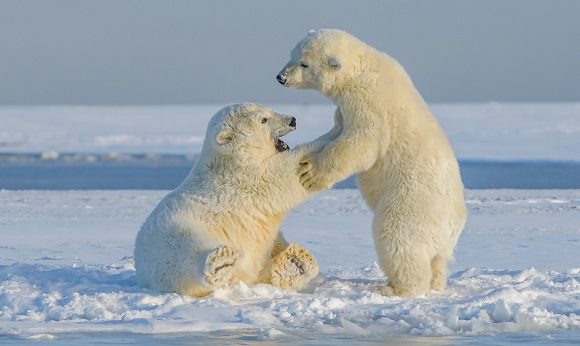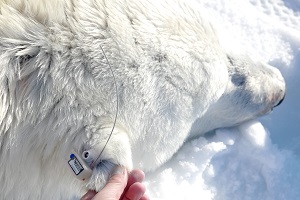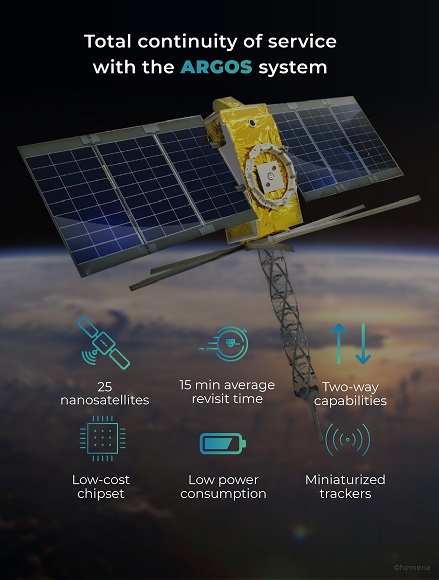← Back
Feedback from the field: Kineis – the Future of Argos

“The new system looks very promising for us. I think it’s a great step forward, this is a major advancement which is coming at a critical juncture in the conservation of polar bears as the climate continues to warm, this is going to be a valuable tool. We are increasingly challenged to minimize our impacts on our study animals, and this will help in that direction for sure”-
Dr. Andrew Derocher
Dr. Andrew Derocher, professor of biology at the University of Alberta in Edmonton, has been studying polar bears since 1984. In 1985 he deployed his first Argos satellite collar and since then has tagged around 400 bears with Argos collars and 80 with Argos ear tags.
As a pioneer in the use of Argos to research Polar Bears, we thought it would be an excellent opportunity to get his view on the upcoming Kinéis constellation and what it will mean for his research and Polar Bear conservation.
How has satellite tracking improved your knowledge so far?
A lot of our research uses the ARGOS system to provide insights on habitat use, movements, behavior, cub survival, denning areas, population delineation, and the effects of sea ice loss. The Argos satellite collars, and ear tag transmitters are the cornerstone of the research in my group.
In 2023, Kineis will launch a brand-new constellation of 25 nanosatellites with Argos payloads onboard. In what way will the new capabilities help overcome some of the challenges you face today?
“The number one thing is anything that can make the tags smaller is going to be a huge benefit. Its less invasive, less annoying to the bears.”
“Another big thing is, with a lower revisit time our transmission time will be reduced and that will be a big boom because one of our biggest limitations is battery power. So, if we can reduce the transmission time and still get reliable fixes, that would increase battery life which means more data and that would just be great.”
“The two-way communication would be also be useful because there are certain times and places where it would be interesting to get an increase in frequency of information. For instance, we have some questions about bears using certain types of habitats like polynyas (bodies of open water in sea ice) and one of the questions is are they hunting there? Or is this just an obstacle? So, for these sorts of questions, if we could send a command to increase the transmission frequency for the next 3 days, we could get more real-time data. Or if a bear is coming towards a community, we could increase transmission frequency so we could be better prepared for a management action and people will know where the bear is, and communities can be informed.”
Find out more about the new constellation
Finally, can you give us a fun fact from your research so far?
One bear covered 11,686 km in 798 days and the longest tracking was a bit over 3 years. Thank you Andrew, for taking the time to give us your feedback.




